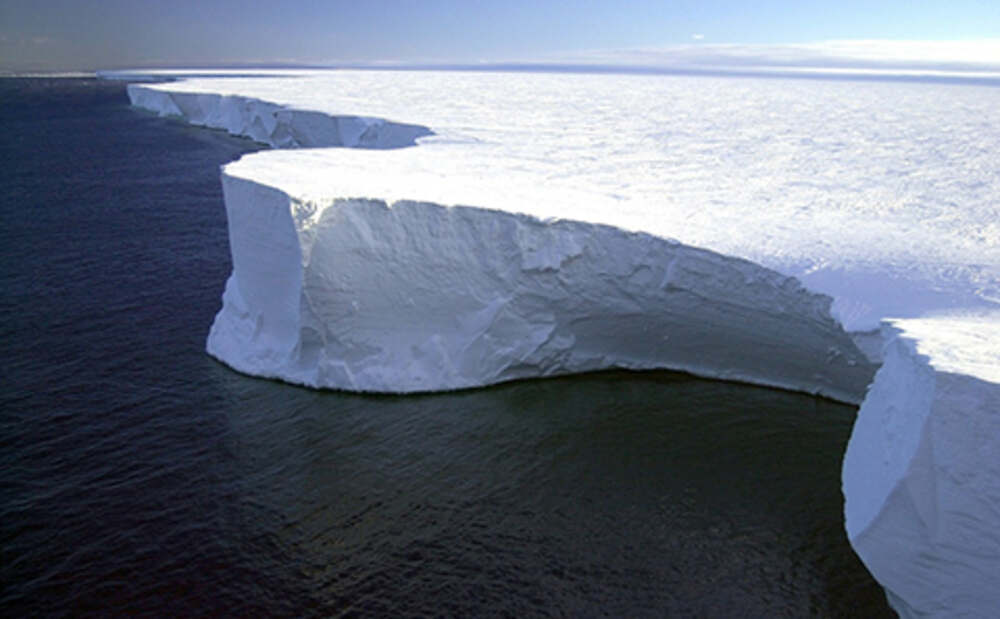Supercomputer simulations uncover the dynamics of undercurrent accelerating the melting of ice shelves

New research conducted by a team of scientists from the University of Southampton, UK has provided new insights into the melting of floating sections of the West Antarctic Ice Sheet and how it contributes to rising global sea levels. The study, published in the prestigious journal Science Advances, sheds light on the mechanisms that drive the melting of ice shelves beneath the ocean's surface.
The West Antarctic Ice Sheet has been losing significant mass in recent decades, which has contributed to the global rise in sea levels. If the entire ice sheet melts, it could lead to a five-meter increase in sea levels worldwide. The study highlights the role played by the Circumpolar Deep Water (CDW) which is up to 4°C warmer than the local freezing temperatures and flows beneath the ice shelves in West Antarctica, causing them to melt from below. Since a significant portion of the West Antarctic Ice Sheet is below sea level, it is particularly vulnerable to the intrusion of this warm water, which could cause the ice to retreat further in the future.
The researchers used high-resolution simulations on supercomputers to investigate the complex dynamics of the undercurrent that transports the warm water towards the ice shelves. They discovered that when the warm CDW interacts with the ice shelf, it not only melts the ice but also mixes with the lighter, melted freshwater. As this mixed water rises through the water layers above, it spreads out and stretches the layer of CDW vertically, creating a swirling motion in the water. If a trough is present near the coast, this swirling motion carries the water away from the ice shelf cavity and toward the shelf's edge due to the movement of pressure within the fluid. This movement generates a current along the seafloor slope, directing more warm water towards the ice shelf. The underwater current originates slightly farther away from the ice shelf and intensifies as more ice melts, transporting even greater amounts of warm water toward the ice shelves.
Dr. Alessandro Silvano from the University of Southampton, coauthor of the study, emphasizes the significance of their findings, stating that "Scientific models that don't include the cavities under ice shelves are probably overlooking this positive feedback loop. Our results suggest it's an important factor that could affect how quickly ice shelves melt and how stable the West Antarctic Ice Sheet is over time."
The study highlights the critical role played by supercomputer simulations in advancing our understanding of climate-related phenomena and their implications for our planet's future. The research conducted by the international collaboration was made possible by support from the National Science Foundation and the Natural Environment Research Council. These groundbreaking findings offer invaluable insights into the current state of Antarctica's ice shelves and their susceptibility to further melting.


 How to resolve AdBlock issue?
How to resolve AdBlock issue?